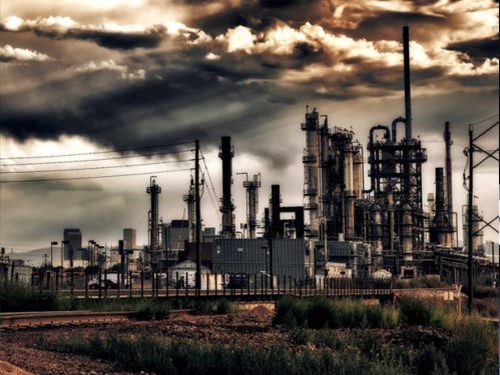The global price of oil went into a small tailspin this week, just as Prime Minister Mark Carney dangled the controversial Keystone XL pipeline as a bargaining chip in trade negotiations with Donald Trump, and Alberta Premier Danielle Smith demanded extraordinary concessions for new export pipelines that no investor seems willing to touch.
Oil prices hit a five-month low in Europe after the International Energy Agency reported a “large surplus” in global supplies, The Financial Times reports. The European price benchmark, known as Brent crude, fell to US$61.50 on Tuesday, its lowest since May, before bouncing back somewhat in Wednesday trading.
“The decline came after the agency said preliminary data indicated a ‘massive’ build-up in oil shipments in September following a surge in exports by oil producers, suggesting that output is now more than consumers need,” the Times writes. That’s partly because the projection shows global demand falling by 700,000 barrels per day.
All told, the Paris-based IEA is projecting an oil surplus of 3.2 million barrels per day through June, 2026—a small amount in the scheme of things, with countries producing more than 100 million barrels per day, but enough to drive down prices and potentially shift the economics of new oil infrastructure projects. The agency previously predicted a daily surplus of two million barrels, while other analysis has pointed to a likely multi-year run of low prices.
Bloomberg cites “escalating trade tensions” between the Trump White House and China as another factor driving down prices. The North American price benchmark, known as West Texas Intermediate (WTI), was down 1.3% to about $59 per barrel on Tuesday.
Prices took a hit from the IEA’s projection that daily oil demand will fall—and, in a macabre but not unexpected twist, the expectation that a fragile peace deal in the Middle East could help stabilize the market, Daniel Takieddine, co-founder and CEO of Sky Links Capital Group, told industry newsletter Rigzone.
“The agency has lowered its demand growth estimates to approximately 700,000 barrels per day for both years [2025 and 2026], reinforcing expectations of a significant surplus,” Takieddine said. “The market was further affected by a reduced geopolitical risk premium as hopes for stability in the Middle East grew.”
UBS commodity analyst Giovanni Staunovo said the price drop would have been sharper if traders had taken the IEA’s estimate seriously. “Either the market is pricing it completely wrongly or the [estimated] surplus is too elevated,” he told the Times. “I will believe it is a bit on the elevated side.”
But major oil speculators are already bracing for lower profits, after “lower volatility in energy prices… left little opportunity for the outsized returns that commodities traders had enjoyed in recent years,” the Times writes in a separate dispatch. Those factors made 2025 a “tough year, with lots of nitty gritty required,” Vitol CEO Russell Hardy told an industry forum this week in London. Gunvor CEO Törbjorn Törnqvist complained it had been a time of “hard work, for little…or a little less.”

